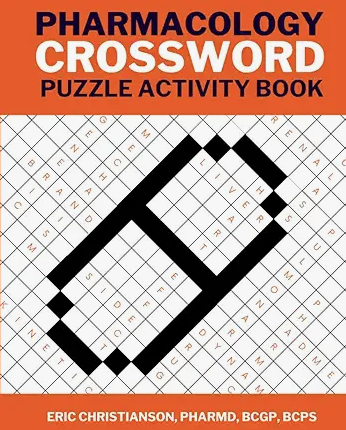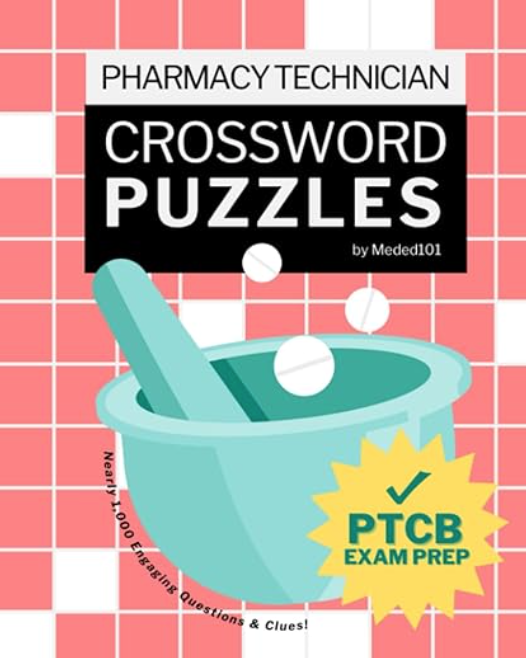JE is a 75-year-old male with a history of diabetes. He has recently complained of peripheral neuropathy symptoms and his provider has started him on gabapentin 300 mg TID. In this scenario, I’m going to discuss some of the factors to consider when thinking about gabapentin titration.
This is an aggressive starting dose in a 75-year-old patient. I would like to see gabapentin started at a lower dose such as 100 mg 2 or 3 times daily and then we can titrate from there. When reviewing the package insert and Lexicomp, the initial dosing is recommended to be 100-300 mg three times daily. When you have an elderly patient who has likely had some of the neuropathy symptoms for a little while, being overly aggressive doesn’t seem appropriate in this situation. This doesn’t seem like an emergency/severe situation where we have to be aggressive with the dosing.
What about the timing of gabapentin titration? When pain is not severe and more of a bother, most clinicians will target a 1-2 week follow-up for dose escalation. This gives the provider and the patient time to assess adverse effects and identify if the medication is helping.
What would I expect in this situation where gabapentin was inappropriately titrated? This patient is much more likely to not tolerate the gabapentin with the initial aggressive 300 mg TID dosing. The most common adverse effects include sedation and dizziness. If the patient’s renal function is poor (common in diabetes and the elderly), this will exacerbate gabapentin’s adverse effects as the drug is primarily eliminated through the kidney.
One last consideration with regard to gabapentin titration is concomitant medications. If I have a patient who is taking sedatives, I would recommend extra caution. Opioids, skeletal muscle relaxants, benzodiazepines, and sleeping medications all may exacerbate the sedative and dizziness adverse effects.
Summing this up, pay attention when you see a starting dose of gabapentin at 300 mg or higher in an elderly patient. We are very likely going to increase fall risk, sedation, dizziness, and CNS depression.
Gabapentin kinetics are pretty unique. In this previous post, I discuss the dose-dependent absorption of gabapentin.
- 30 medication mistakes PDF
- 18+ Page Drug Interaction PDF
- 10 Commandments of Polypharmacy Webinar based on my experiences in clinical practice









Thank you for this very timely post. I help an elderly couple in my neighborhood. He has dementia and recently started to complain of pain in his hands. Also has sundown symptoms which the family complained to the psychiatrist. Psychiatrist ordered Gabapentin 100 mg at 5-6 pm. He falls asleep then awake often during the noc. No improvement in pain or behavior.